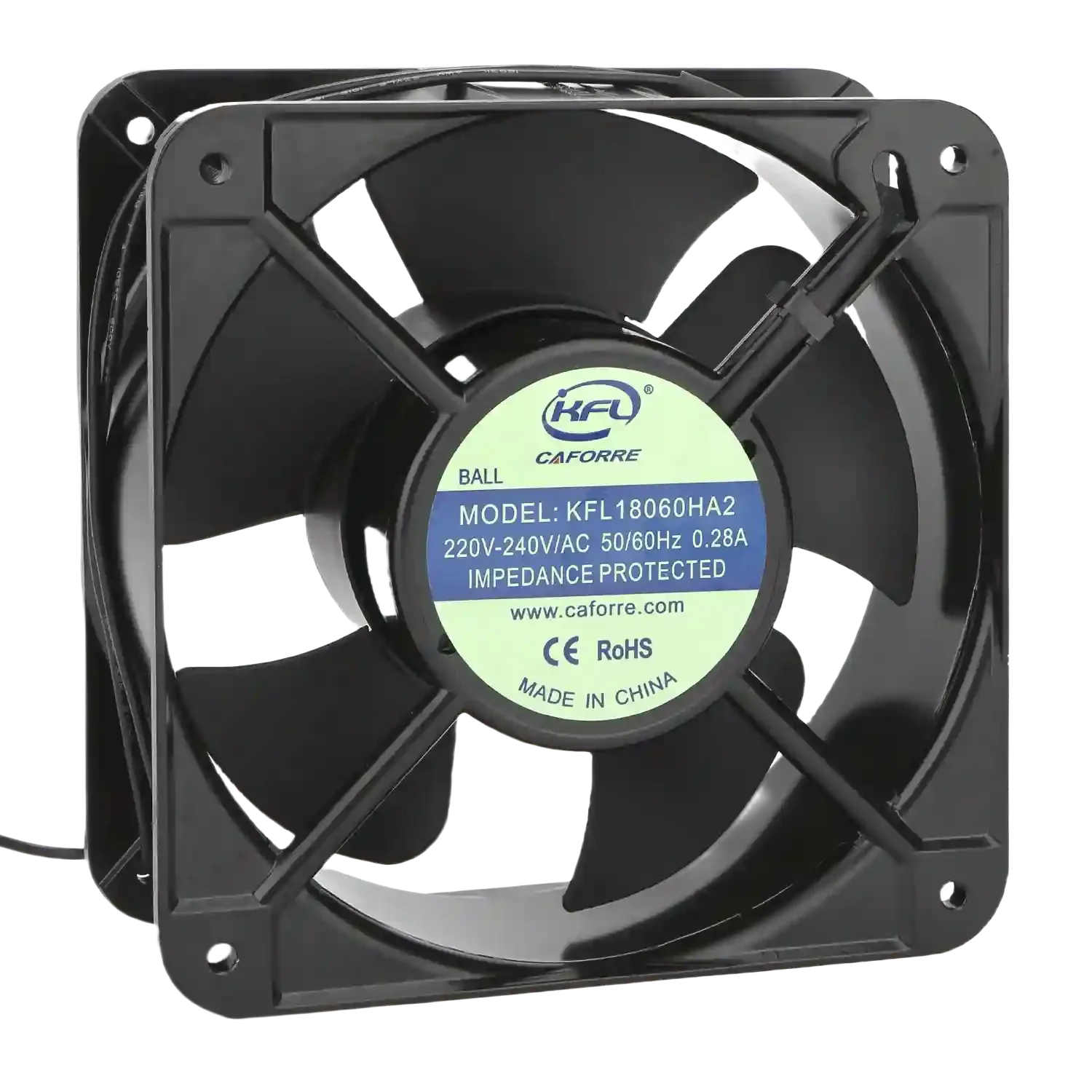The Versatility of 3M VHB: Understanding Its Removability and Applications
When it comes to industrial adhesives, few products have garnered as much attention and acclaim as 3M VHB (Very High Bond) tape. Renowned for its exceptional bonding capabilities, this double-sided tape is widely used across various industries, from automotive to construction. However, a common question arises among users: Is 3M VHB removable? In this article, we will delve into the characteristics of 3M VHB tape, explore its removability, and discuss practical applications and considerations for its use.
Understanding 3M VHB Tape
3M VHB tape is a family of high-performance acrylic foam tapes that provide a strong, durable bond between a variety of substrates, including metals, plastics, and glass. The tape is engineered to withstand extreme temperatures, UV exposure, and moisture, making it suitable for both indoor and outdoor applications. Its unique formulation allows it to conform to irregular surfaces, distributing stress evenly and enhancing the bond strength.
The Removability of 3M VHB Tape
The question of whether 3M VHB tape is removable is nuanced. While the tape is designed for permanent bonding, it can be removed under certain conditions. Here are some key points to consider:
- Bonding Strength: 3M VHB tape creates a very strong bond, which can make removal challenging. The adhesive is designed to flow into the microscopic pores of the surfaces it adheres to, creating a mechanical bond that is difficult to break.
- Surface Type: The removability of 3M VHB tape largely depends on the type of surfaces it is bonded to. On smooth, non-porous surfaces, removal may be easier compared to porous or textured surfaces, where the adhesive may penetrate deeper.
- Temperature and Time: Applying heat can significantly aid in the removal process. Heating the tape with a heat gun or hairdryer softens the adhesive, making it easier to peel off. Additionally, the longer the tape has been adhered, the stronger the bond becomes, which can complicate removal.
- Mechanical Force: When attempting to remove 3M VHB tape, it is advisable to use a combination of heat and mechanical force. Gently lifting one edge of the tape while applying heat can help break the bond without damaging the substrate.
- Potential Residue: Even with careful removal, some adhesive residue may remain on the surface. This can typically be cleaned off with adhesive removers or solvents, but it is essential to test these products on a small area first to avoid damaging the underlying material.
Practical Applications of 3M VHB Tape
Given its strong bonding capabilities, 3M VHB tape is used in a variety of applications:
- Automotive Industry: Used for attaching trim, emblems, and other components, 3M VHB tape provides a clean, seamless look without the need for mechanical fasteners.
- Construction: Ideal for bonding panels, windows, and signage, the tape offers a weather-resistant solution that can withstand the elements.
- Electronics: In the electronics sector, 3M VHB tape is used for mounting components and displays, providing a reliable bond that can endure thermal cycling.
- Aerospace: The lightweight and strong properties of 3M VHB tape make it suitable for various aerospace applications, where weight reduction is critical.
Conclusion
In summary, while 3M VHB tape is primarily designed for permanent bonding, it can be removed under the right conditions. Understanding the factors that influence its removability—such as surface type, temperature, and application technique—can help users make informed decisions about its use. Whether you are in the automotive, construction, electronics, or aerospace industry, 3M VHB tape offers a versatile solution for your bonding needs. Always consider the specific requirements of your project and the potential challenges of removal to ensure optimal results.

Average Rating